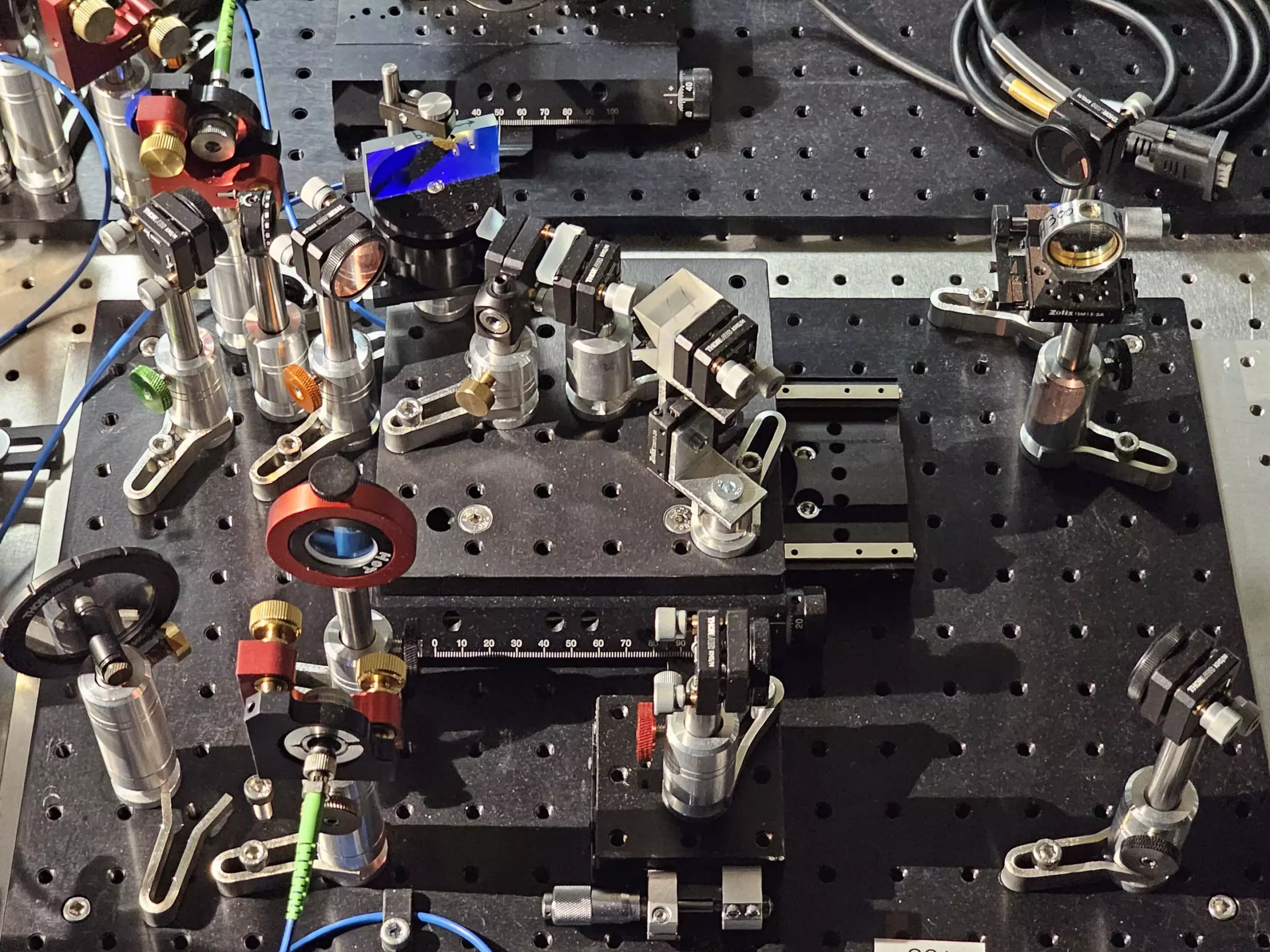In the ever-evolving field of physics, the pursuit of enhancing our ability to analyze light has taken a remarkable turn. Researchers from the University of Warsaw have developed an innovative quantum-inspired device that signifies a monumental leap in spectroscopy. The tool, known as the Super-resolution of Ultrafast pulses via Spectral Inversion (SUSI), has been meticulously designed in the Quantum Optical Devices Lab at the Centre for Quantum Optical Technologies. It promises to deliver more than twice the resolution offered by traditional spectroscopic methods, opening new avenues for research and practical applications.
The essence of spectroscopy lies in its capacity to decipher the spectrum of light emitted by various substances. This spectrum allows scientists to glean critical information about the molecular makeup of materials and celestial bodies alike. In practical terms, it facilitates everything from chemical identification to understanding the age and size of distant stars. The challenge arises when it comes to differentiating closely spaced spectral lines, much like distinguishing overlapping signals in fiber-optic communication. Historically, this problem has been encapsulated by the Rayleigh criterion, which establishes the limitations under which two closely positioned sources of light can be observed.
In traditional spectroscopy, the complexity of light’s phase information is often disregarded, hampering the extraction of full data potential. The SUSI framework addresses this oversight by transforming the electromagnetic fields carrying this latent information before they are analyzed. By adopting principles similar to those found in advanced imaging techniques, the researchers have set out to enhance the measurement precision of spectroscopic analysis.
The challenge of integrating quantum-inspired methodologies into real-time light analysis required a rethinking of classical optical frameworks. By shifting focus from stable light sources to ultrafast pulses, the researchers devised a sophisticated means to separate and detect very short bursts of light that occupy adjacent frequencies. The methodology utilizes an interferometer setup wherein light splits into two distinct pathways. Each of these paths is manipulated through complex mathematical transformations—specifically, Fourier transforms and their inversions—to optimize the use of light’s phase information.
The implications of the SUSI device transcends fundamental physics and enters the domain of practical applications, notably in communication and spectroscopy. As we move toward more secure quantum networks and sophisticated spectroscopic tools, the need for high-resolution spectrometers becomes imperative. The capability to miniaturize the SUSI apparatus to fit on photonic chips is particularly noteworthy, suggesting its potential integration into optical networks and future technological innovations.
The SUSI device’s architecture is deliberately designed to minimize loss and improve balance between components. Key figures in this ambitious project, including Ph.D. student Michał Lipka and Dr. Michał Parniak, have underscored the necessity of accessibility and scalability in the design of quantum optics devices. Their work demonstrates that the same principles that govern quantum interference can be harnessed for practical light analysis, thus bridging the gap between theoretical physics and real-world applications.
As this technology evolves, we can foresee enhancements not only in the precision of spectroscopic tools but also in the ability to analyze materials on a molecular level with unprecedented accuracy. Moreover, the SUSI device may serve as a crucial component in the development of secure quantum communication networks, ultimately propelling technology forward into an age characterized by high efficiency and intricate capabilities.
The research showcasing the SUSI device signifies a landmark development in both quantum-inspired optics and spectroscopy. By reinventing how we approach the analysis of light, the researchers at the University of Warsaw have not only contributed to our understanding of the quantum world but have also paved the way for practical applications that could redefine multiple scientific and technological fields.
As they continue to investigate and enhance these quantum-inspired methods, we stand on the cusp of a new era that promises to not only resolve existing challenges in optical networks and spectroscopy but also to catalyze innovations that are yet to be imagined. The future appears bright, and the possibilities are boundless in this exciting intersection of quantum science and practical technology.


Leave a Reply